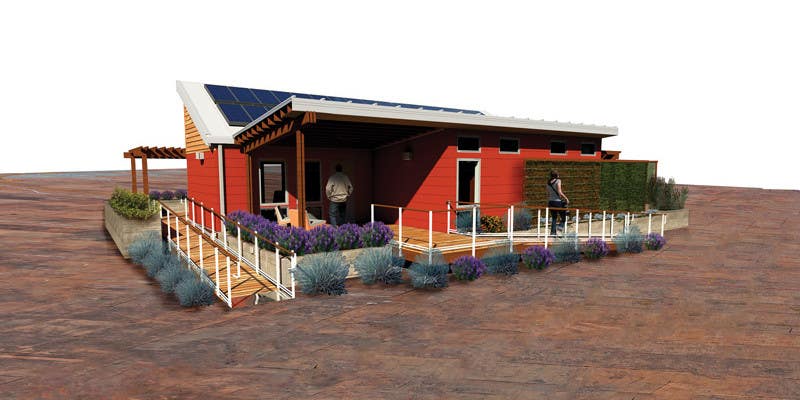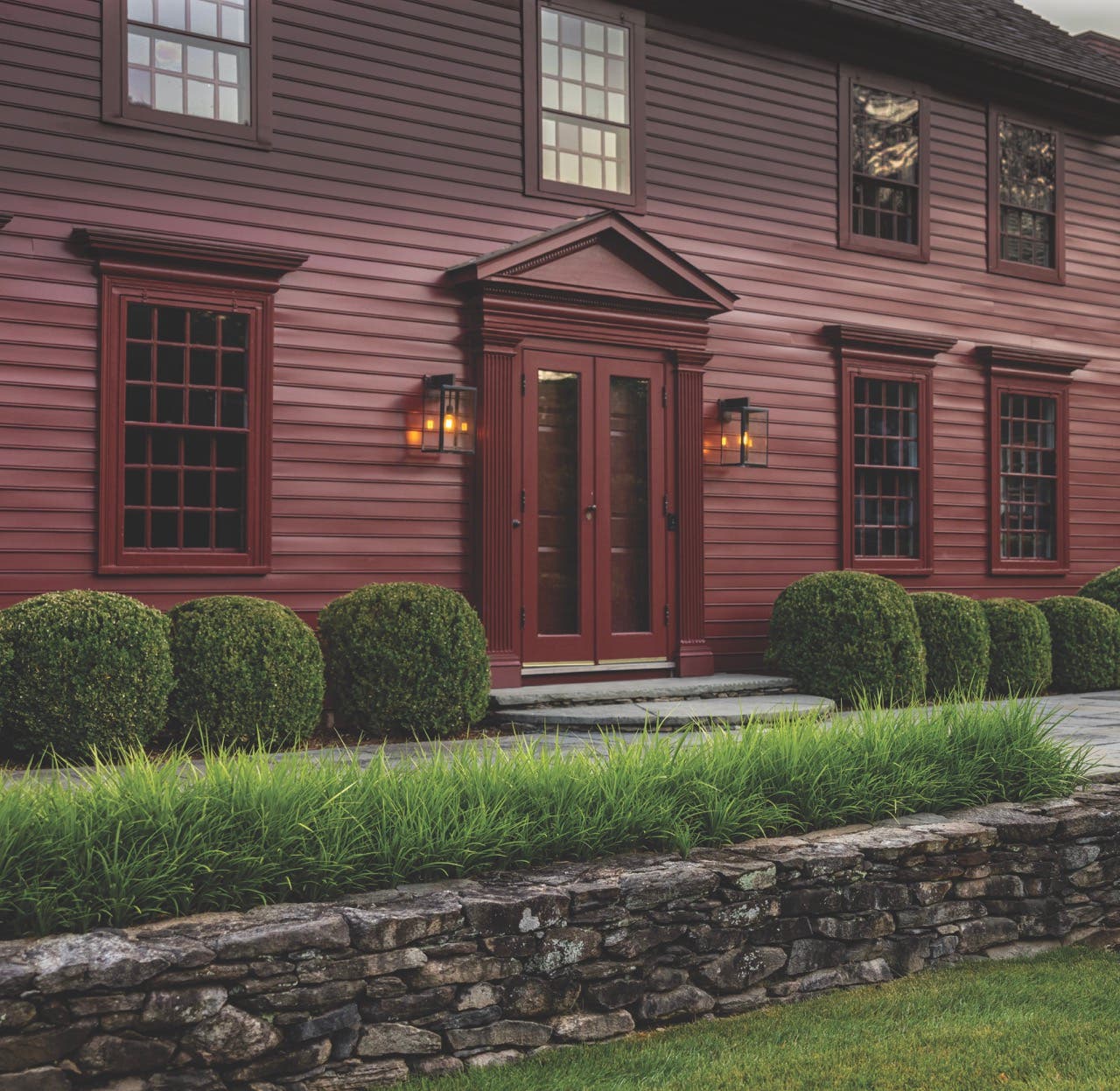
Product Reports
The Energy Solar Decathlon
Next month, twenty college teams from across the globe will gather in Irvine, CA, for the sixth U.S. Department of Energy Solar Decathlon. The competition requires students to spend almost two years designing, building and operating solar-powered houses, which are then evaluated on 10 criteria from livability to cost-effectiveness and attractiveness. Applications are evaluated by a panel of experts from the Renewable Energy Laboratory, American Institute of Architects, National Association of Home Builders, U.S. Green Building Council and the American Society of Heating, Refrigerating and Air-Conditioning Engineers.
Since 2002, the competition has established a world-wide reputation as an educational program and employment opportunity for almost 17,000 students, and has expanded to three competitions around the world, including last year's Solar Decathlon Europe and this year's Solar Decathlon China. Each promotes an integrated approach to new construction, which considers the interactions of all building components and systems to reduce environmental impact. The houses must be maintained within a certain temperature range, and must produce enough photovoltaic lighting to provide ample lighting, run appliances and more.
"The U.S. Department of Energy Solar Decathlon is an innovative competition that challenges collegiate teams to blend style, affordability and energy efficiency," said Richard King, director of the U.S. Department of Energy Solar Decathlon. "The amazing student-designed and student-built houses showcase how clean energy technologies available today can help consumers cut their energy bills and save money."
While there is no formal prize for winning the decathlon, five times as many former decathletes have gone on to work in the clean-energy field after leaving college as non-decathletes. As for their creations, some houses are sold to recover costs after the competition, but many remain on display at their respective universities, where they serve as educational tools for students and the public. For more information, visit: http://www.solardecathlon.gov/index.html.








